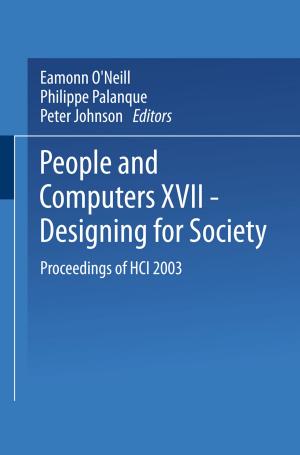Fuzzy Hierarchical Model for Risk Assessment
Principles, Concepts, and Practical Applications
Nonfiction, Science & Nature, Technology, Quality Control, Computers, Advanced Computing, Artificial Intelligence| Author: | Hing Kai Chan, Xiaojun Wang | ISBN: | 9781447150435 |
| Publisher: | Springer London | Publication: | April 11, 2013 |
| Imprint: | Springer | Language: | English |
| Author: | Hing Kai Chan, Xiaojun Wang |
| ISBN: | 9781447150435 |
| Publisher: | Springer London |
| Publication: | April 11, 2013 |
| Imprint: | Springer |
| Language: | English |
Risk management is often complicated by situational uncertainties and the subjective preferences of decision makers. Fuzzy Hierarchical Model for Risk Assessment introduces a fuzzy-based hierarchical approach to solve risk management problems considering both qualitative and quantitative criteria to tackle imprecise information.
This approach is illustrated through number of case studies using examples from the food, fashion and electronics sectors to cover a range of applications including supply chain management, green product design and green initiatives. These practical examples explore how this method can be adapted and fine tuned to fit other industries as well.
Supported by an extensive literature review, Fuzzy Hierarchical Model for Risk Assessment comprehensively introduces a new method for project managers across all industries as well as researchers in risk management.
this area.
Risk management is often complicated by situational uncertainties and the subjective preferences of decision makers. Fuzzy Hierarchical Model for Risk Assessment introduces a fuzzy-based hierarchical approach to solve risk management problems considering both qualitative and quantitative criteria to tackle imprecise information.
This approach is illustrated through number of case studies using examples from the food, fashion and electronics sectors to cover a range of applications including supply chain management, green product design and green initiatives. These practical examples explore how this method can be adapted and fine tuned to fit other industries as well.
Supported by an extensive literature review, Fuzzy Hierarchical Model for Risk Assessment comprehensively introduces a new method for project managers across all industries as well as researchers in risk management.
this area.















